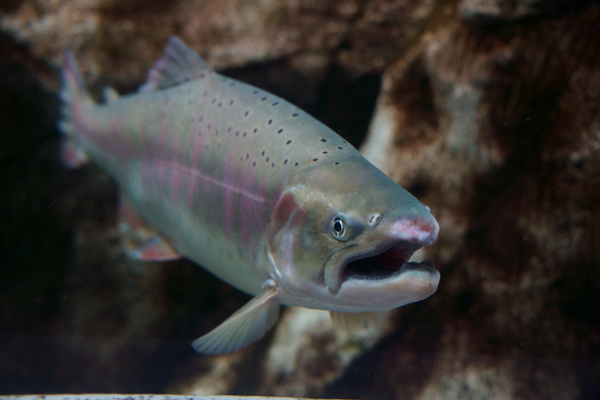Aqua Agenda webinar: Making waves
You’ve got a great idea for a product, but can you prove that it’s safe and ready for the market? "Making Waves", the latest Aqua Agenda webinar, hosted by Fish Farmer and Onda on Wednesday 8 October, tackled this question.
We focused on the regulatory approaches to aquaculture products, including GLP (Good Laboratory Practice) and GCP (Good Clinical Practice). How can you prove your product – whether it’s a feed ingredient, consumer health supplement or veterinary medicine – is safe and effective? What are the dos and don’ts, what are most common problems and how much variation is there between different national jurisdictions?
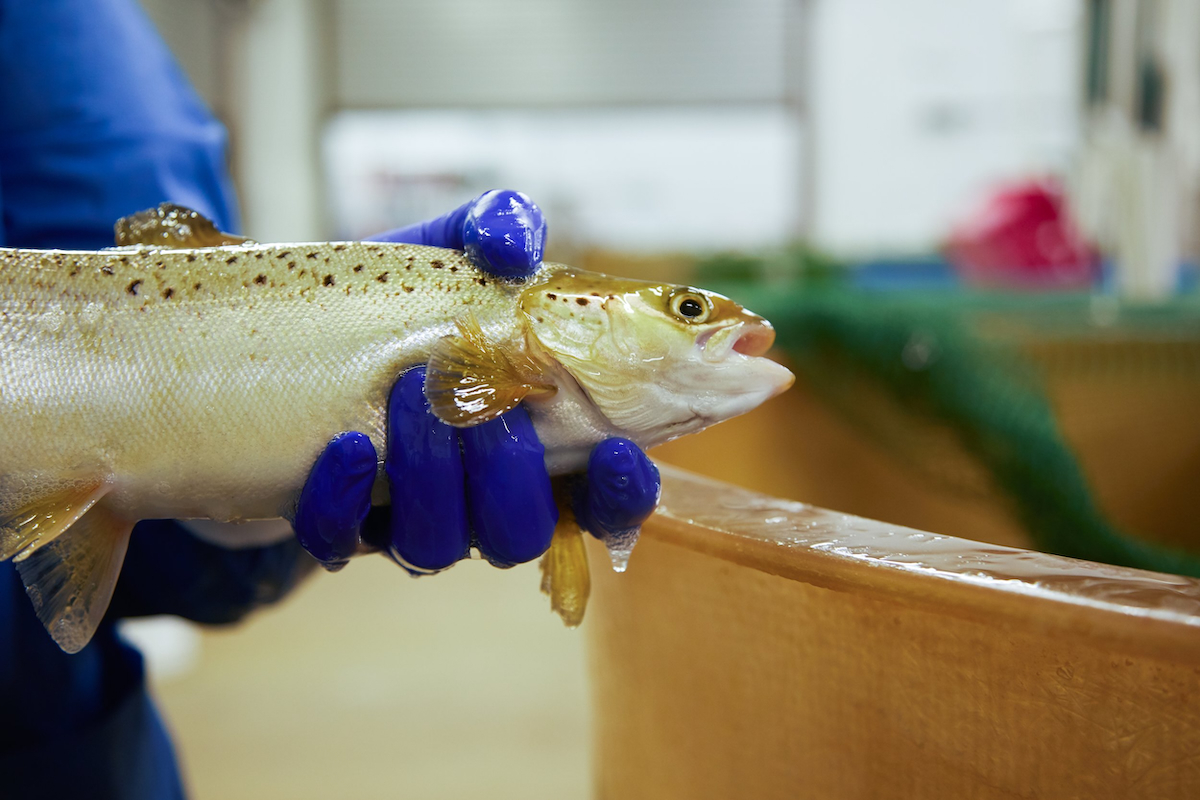
The panel
Catherine Albert, Director of Quality, Onda
Leader of Onda’s Quality Assurance Program and Quality Control Testing Laboratory, bringing over 30 years of experience in the veterinary industry.
Pawan Agrawal, Retired, former National Manager, Canadian Centre for Veterinary Biologics
A retired veterinary vaccine scientist with 40 years of work experience in research and development, manufacturing, quality control, and regulation of veterinary vaccines. He was formerly a regulatory scientist with the CFIA Canadian Centre for Veterinary Biologics.
Michael Fontaine, Group Leader for Biologicals Product Development at knoell Animal Health
A PhD-qualified technical and regulatory consultant with deep expertise in bringing animal health products to market.
Nasif Sarowar, Senior Scientist, Onda
A senior scientist at Onda and a leading expert in fish health, Dr Sarowar has over 15 years of experience in research design, project leadership, and cross-sector collaboration.
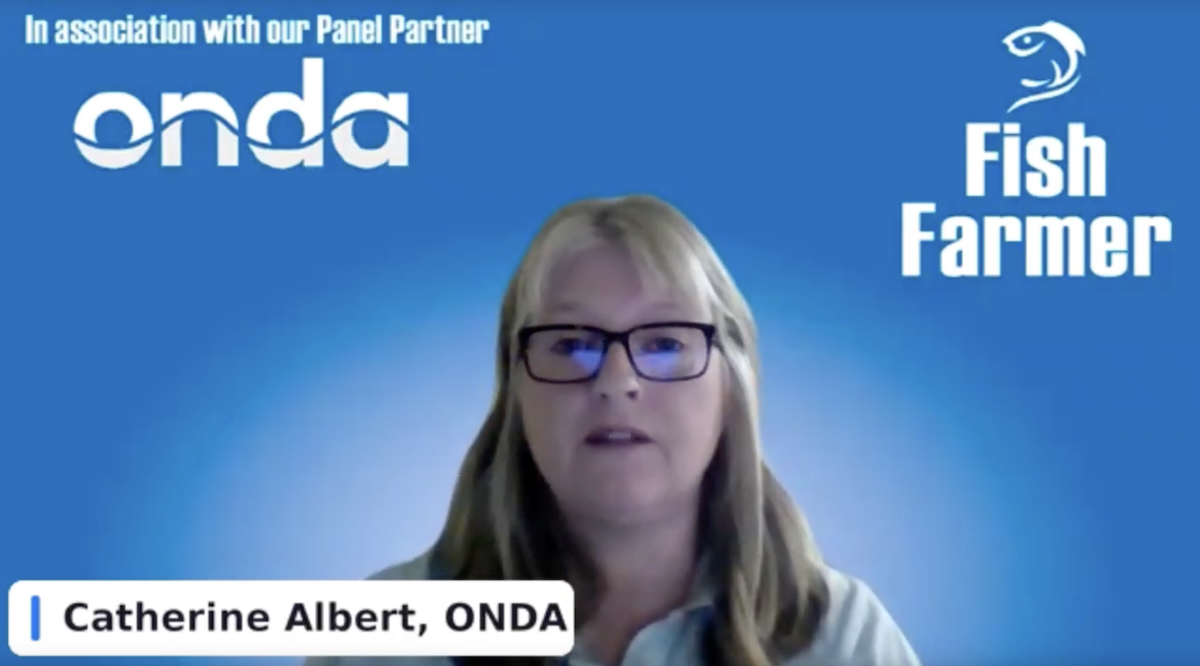
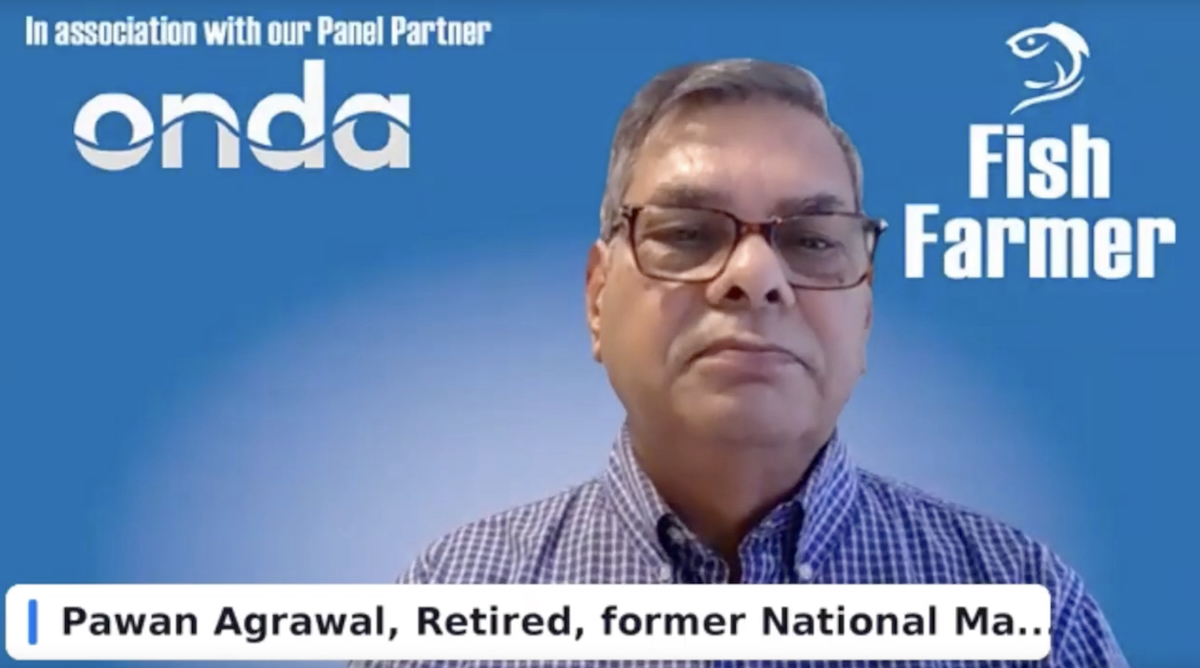
Onda is a contract research organisation, based in Canada, which offers research and batch release for products typically developed for the aquaculture industry or aquatic species, with two sites, both located on Prince Edward Island.
The company can help with GLP (Good Laboratory Practice) including OECD GLP, safety studies and EU GMP batch release (Good Manufacturing Practice describes the minimum standard that a medicines manufacturer must meet in their production processes). It also offers GCP (Good Clinical Practice) efficacy studies and unregulated studies.
Catherine Albert oversees Onda’s Quality programme. As she explained: “The majority of the work we do is what I would call unregulated studies, or non-pivotal studies in the early phase or the middle of the development of these aquaculture products.”
Pawan Agrawal was formerly a regulatory scientist with the Canadian Centre for Veterinary Biologics, involved in the assessment and approval of a broad range of new vaccines since 1995.
He recalls: “There were a handful of vaccines. And they were very crude, and over time, I witnessed how the industry evolved and the vaccines improved, in terms of the number of vaccines, and the quality of vaccines.”
Now retired, the views he expresses are his own and do not necessarily represent those of the centre.
Nasif Sarowar is a senior scientist with Onda, and a leading researcher in aquatic animal health.
As he explained: “My role as a scientist at Onda, when it comes to regulated studies, is basically to work with the clients, understand their needs, their target country and market, and the product. I formulate the research plan, making sure it’s scientifically sound and follows the regulatory guidelines, before executing the research.
“At the end of the research, I’ll put forward scientifically sound conclusions based on the results that are going to be used by the regulators, who will review and make their decisions.”
Last but not least, as a biotechnology consultant with knoell, Dr Michael Fontaine has a deep expertise in bringing animal health products to the market.
He heads the Biologicals Product Development Team at knoell Animal Health and has around 25 years’ experience in discovering and developing biological products. As he explained: “What we offer as a service is not just the regulatory know-how. It’s about helping from the very early stages, so either doing technical due diligence on behalf of investors, or working with academic groups or small early stage companies, to really help them understand the positioning of their product and to understand the regulatory processes that will be required to be met in order for them to register in their target countries.
“Then we hold their hands as they go through that process, working with people like Onda and others as they’re developing their safety and efficacy data for registration.”
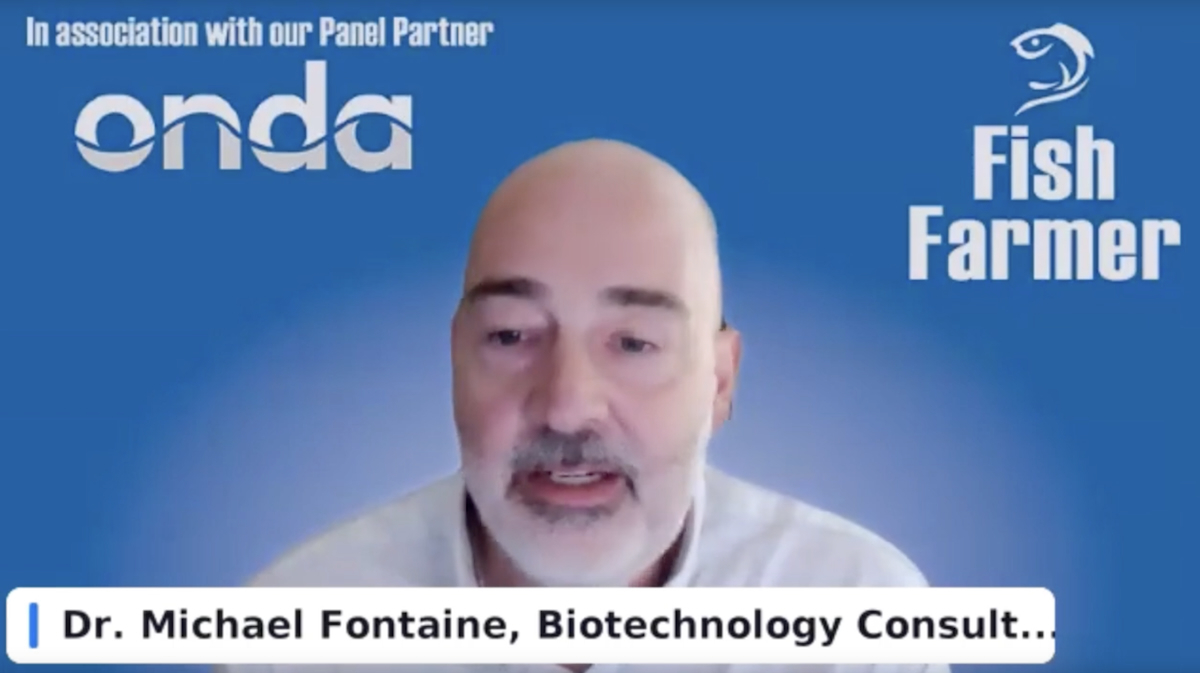
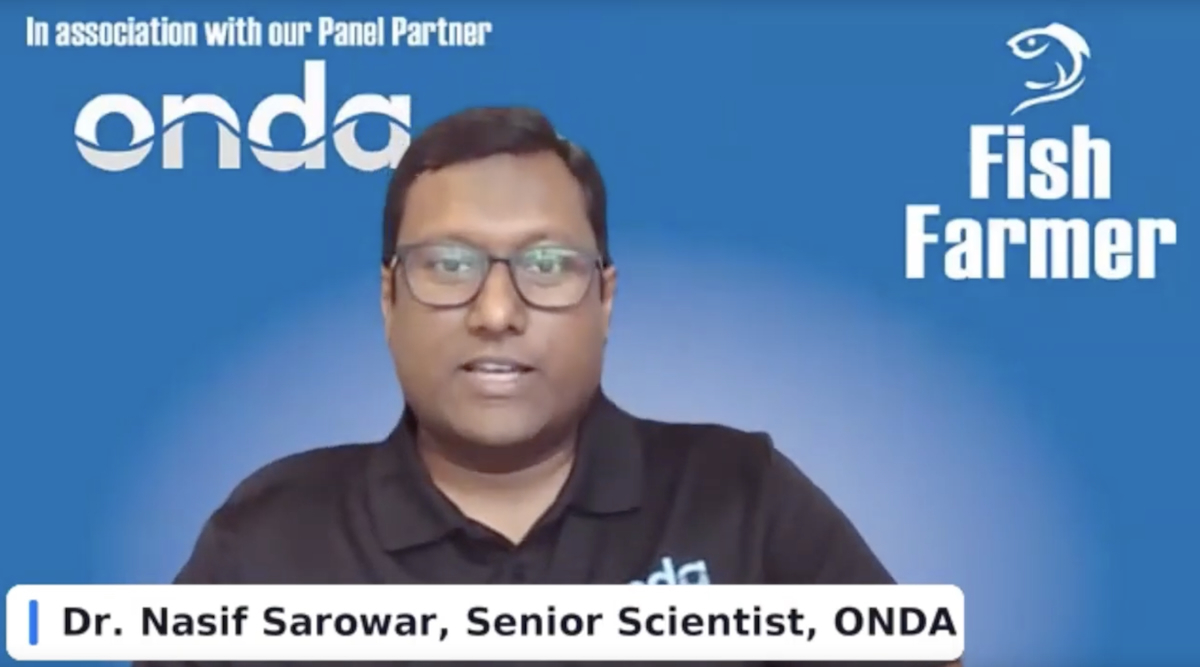
Getting it right at the start
If somebody has a product which they’re looking to take through the regulatory process, what are the key things that they really need to take account of at the outset?
Catherine Albert advised: “One of the most important things to consider is the different countries that are going to be involved in the licensing or the use of this product.
“Where does your company sit in the world? Who do you think might make this product for you? In which country will it be made? What country will you test it in? For instance, you might be in Norway, but you could be using Onda to test your product in Canada.
“Also, in which country will your product be registered? Products aren’t always registered in the same country that they’re sold in, necessarily. You might have to have licences in several countries.
“So all of these different countries play a role in the regulatory process.”
She added: “It becomes very complex when there’s so many countries involved, and if you don’t get alignment up front from all the different regulators and health authorities in the different countries, you might spend some time doing some great research, but then it’s not accepted by a different country.”
Michael Fontaine agreed. He said: “The key is to plan ahead. The country in which you’re intending to register your product will have its own particular framework of regulatory requirements for data that need to be submitted.
“There’s no point just starting on your development journey without having a clue about what that might entail. If you don’t have a plan, you’re heading for disaster.”
Onda’s Nasif Sarowar advised: “Keep the scientific plan simple. More often than not, scientists like to make things complicated.
“But complicated science sometimes does not bring the message that regulators need to see.”
It is also important to be aware of where there is some flexibility in regulation and where there is not.
As he put it: “Not everything is negotiable.”
Michael Fontaine warned that smaller companies, in particular, tend to underestimate the complexity of the regulatory process.
Where do companies starting out in this field often slip up?
Pawan Agrawal stressed that it is important to recognise that the early stages of research are just that, and there is a lot further to go at that stage.
He said: “They may think they have proof of concept, so now they have a product. It’s far away from that. Once you have proof of concept, then the journey starts.”
Catherine Albert commented: “People who come from academia and from universities are always thinking outside the box, and they have very complex ideas. But they need to narrow that focus to: What do we really need? What data do I actually need to license this product in whatever country I’m trying to sell it?”
The international perspective
What’s the best way to go about making sure that your product is internationally ready? And should you go for the low-hanging fruit first? Should you go for the fastest regulatory regime with the lowest hurdles, or is it actually more important to get a licence from a regime that will be accepted everywhere, even if it may take you longer to get that acceptance?
Catherine Albert said: “There’s a mutual acceptance of data across many countries in the world, especially for safety studies, or the GLP [good laboratory practice] standards.
“If you run a study in one country, then generally another country will accept that data.”
One of the factors driving agreement on this was a mutual desire to reduce the amount of animal testing required for a new product, by avoiding the duplication of tests.
“So,” she said, “if you have a well-run study, and the study design is aligned between the different countries, you will only have to run that study once.”
Pawan Agrawal agreed, adding: “If you have a plan to market your product in many different countries, it’s better to meet the requirement of the country which has the strictest requirements.”
Of course, much depends on the strategic vision for the business. As Nasif Sarowar pointed out, Onda also has clients who are very much focused on just one country, so if they do not have plans to seriously market their offering outside Norway, for example, they can afford to focus on Norwegian regulations.
Commercial awareness
One question from the audience was: can you sometimes have a product that passes all regulatory hurdles but flops in terms of sales?
This is indeed a danger, advised Michael Fontaine.
He said: “It’s not just about understanding your regulatory process, you also need to understand what your target market is. What are the limitations that will prevent the adoption of certain technologies within a given marketplace? You need to understand all of these things.
“If you don’t have all of that wrapped up into your development plan at the outset, then you run the real risk of registering a product that ultimately nobody wants.
“And the other side of that is not just about what the market need for it is, it’s also what the expected price point for a product is within that marketplace.”
He added: “You might have a registered product that might be selling at the correct price, and there might be no competition in a particular field, but if you don’t have a distribution network as well, then you’ve got a problem.”
Onda has a business development team to help guide customers through these issues, Catherine Albert added.
One consideration is that not all aquaculture sectors are as advanced or as profitable as high-end species like salmon. A solution for another fish species might address an important need, but if that industry does not have the resources for it yet, the time for your product as a commercially viable proposition might not be right.
In these sectors it might be the intervention of, for example, a philanthropic foundation or international aid body that makes innovation viable.
A key lesson is that an interesting avenue of research for a scientist does not guarantee a viable product at the end of the process.
Michael Fontaine commented: “Having been a scientist myself, I have gone down that road of painful experience of realising it’s not just about the science!
“Academic or early stage start-up companies can be focused on the proof of concept, and on getting the registration, but there often hasn’t been much thought given, once I have that registration, to how am I actually going to distribute and sell this product?”
It is also worth bearing in mind that some innovations relating to aquaculture relate to devices or processes – like a humane stunner or a pumping system for transporting fish – rather than veterinary or pharmaceutical innovations. In this case the questions of fish welfare are still important, but will be handled by a different set of regulators and regulatory hurdles.
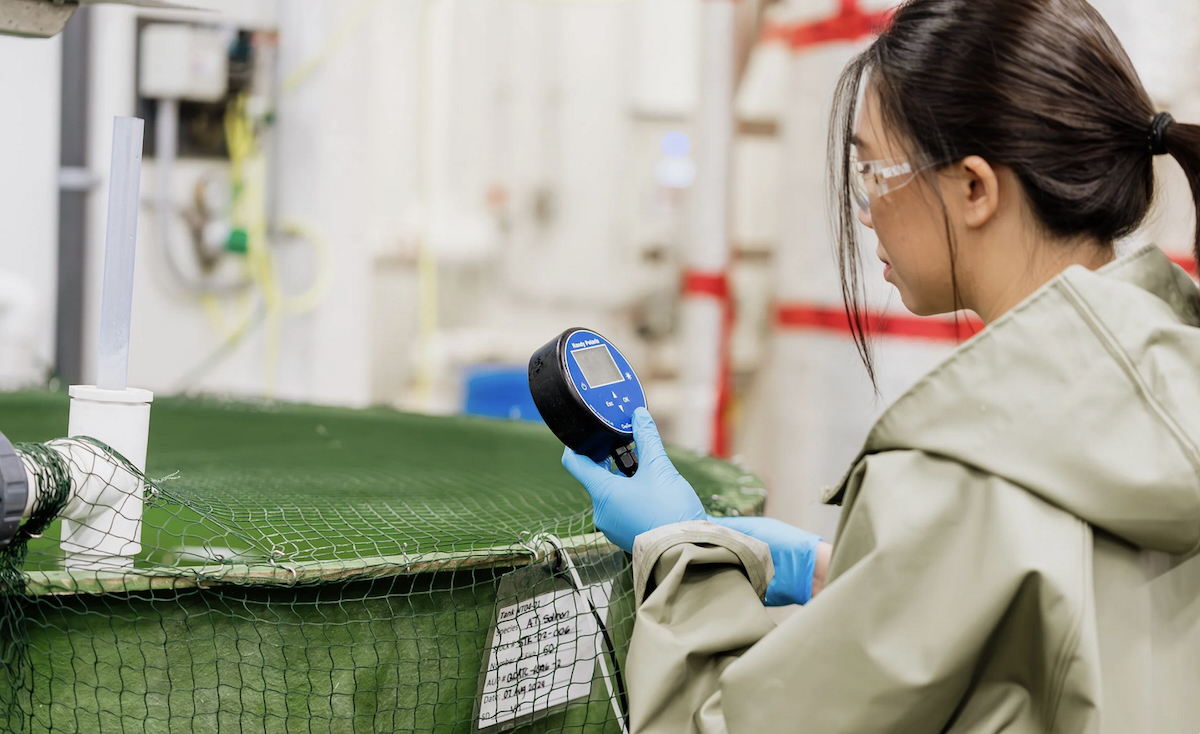
A role for AI?
Could artificial intelligence help to speed up the research and registration process?
Nasif Sarowar said: “When it comes to research, AI is a tool, and that’s how I would look at it. It’s a tool; it depends how you use it.”
He pointed out that AI using large language models not infrequently comes up with inaccurate or misleading results.
He added: “I see more use of AI in research over the next 10 or 15 years, and hopefully, it will make things go faster. If you are there to assess the safety of a product, however, it has to go into the fish. AI can predict, but you have to expose the fish to the product.
“If it takes 21 days, or 50 days, or three months, it needs to take that time before you can safely conclude that, yes, this product is safe. A digital model by itself is not enough; you need to show what happens in real life.”
Michael Fontaine said: “We at knoell have spent time discussing the impact of AI… there’s no doubt that in its current iteration, AI can only interpret or gather information that’s publicly available.
“When it comes to regulatory processes, so much of it is not written. It’s about the subtleties and the things that aren’t specified, but the experts know. That information is just not available, and I’ve seen evidence of a number of AI development plans or regulatory plans, which are complete nonsense from start to finish!”
Looking ahead
Is there anything the panel members would like to change about the current system?
For Catherine Albert, one welcome change would be to clarify the wording in the existing regulations. She said: “Some of them are very complicated to understand.”
In contrast, she added, the GCP (Good Clinical Practice) standard, which is one of the few animal health standards aligned worldwide, is very clear. It takes the form of guidance rather than regulation, and uses straightforward terminology.
Michael Fontaine focused on the question of manufacturing or manufacturing method development, which is a major part of the regulatory data that need to be submitted in support of a registration.
This can often be a field where things go wrong, he said, especially if contract manufacturers do not fully understand how the regulations will be applied.
He said: “There are methods that need to be in place, methods that need to be validated and there is the validation of the manufacturing process itself, and so on. So, there’s an awful lot of data which need to be gathered.
“Quite often, people are winding up submitting their registration regulatory documents, and finding that they just don’t have enough data, and then they’re back to the drawing board again.”
Pawan Agrawal pointed to an important change that has already happened in Canada, where a few years ago companies developing veterinary products were allowed to outsource their testing to third party contract research organisations. This he said has greatly reduced the cost of research and development.
Nasif Sarowar said: “It’s easier said than done, but I would like to see the overall timeline shortened. If we could reduce the timeline and simplify the submission process, it would bring products to the market faster, and help businesses to grow.”
Finally, is this an exciting time to be in the veterinary pharmaceutical business?
Sarowar said: “Yes, and I think the future holds more excitement. Every day, you know, you see new products, new ideas are coming, and it’s all rooted in the expansion of aquaculture business.”
Michael Fontaine agreed: “I work with clients who are bringing some really quite game-changing technologies into the aquaculture space that, a number of years ago, would never have been considered as viable for this market. So yes, for me, it’s a really exciting time.”
Watch the webinar online here.
Why not try these links to see what our Fish Farmer AI can tell you.
(Please note this is an experimental service)


